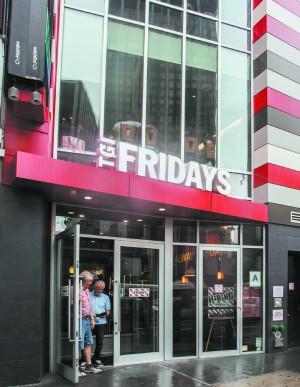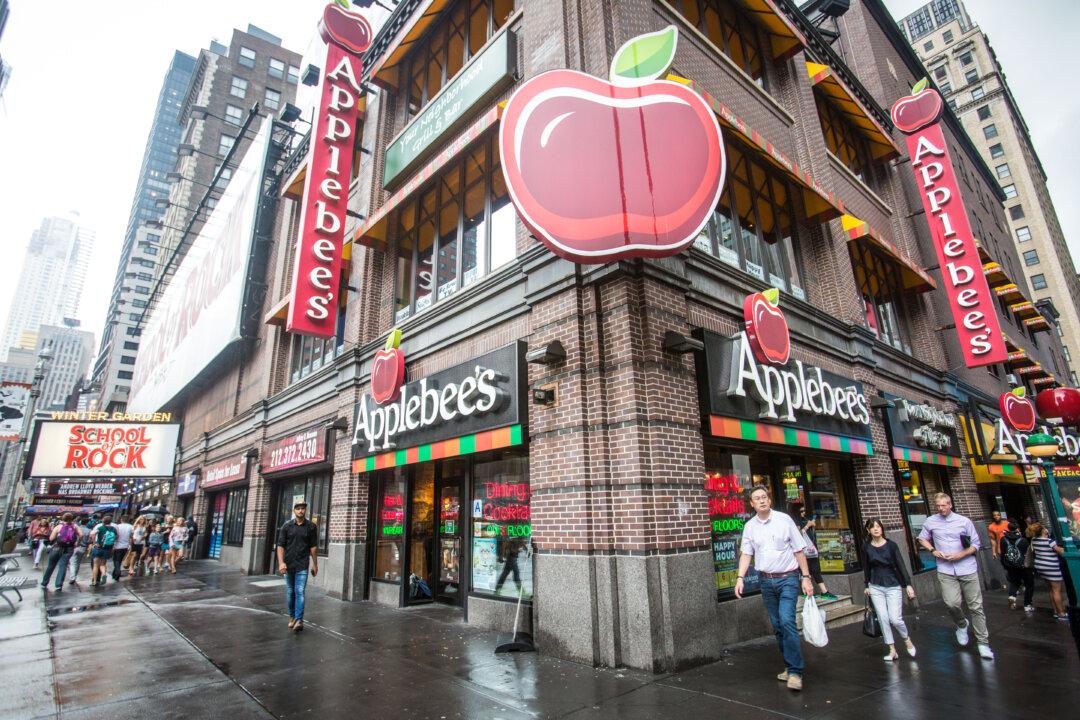The golden age of traditional restaurants is coming to an end. Changes in consumer habits, the digital revolution, and the emergence of new delivery platforms have caused a seismic shift in the food service and restaurant industry in the last decade. Once popular casual-dining chains like Applebee’s, TGI Fridays, and Chili’s have been the hardest hit.
The food service and restaurant industry are rapidly changing, and restaurants are now competing with not just their direct competitors. Alternative outlets, like grocery stores selling prepared meals, online delivery platforms, and meal-kit companies, are also grabbing market share.
“We’re living in the fourth industrial revolution,” said Aaron Allen, a global restaurant consultant at Aaron Allen & Associates.
However, the revolution did not happen overnight, he said. Most CEOs have ignored sweeping changes for years and thought the falling number of customers had to do with the overall economic climate.
They now suffer from a loss of perspective and feel hopeless, according to Allen.
Change in Dining Habits
In recent years, Americans have been spending less time at sit-down chain restaurants. According to an article published by online business journal Knowledge@Wharton, the growing trend of office workers eating lunch at their desks has hurt the industry.
Last year, the number of trips Americans made to restaurants at lunchtime hit its lowest level in four decades, resulting in nearly $3.2 billion in lost revenue for restaurants, stated the article.
Consumers want to grab their foods quickly and move on; hence, they prefer prepared meals. And this trend is common across all age groups, including baby boomers.
Additionally, more people now prefer healthy options and want to have control over their meals in terms of size and ingredients. This trend has shifted a lot of traffic to supermarkets that offer prepared meals, like Whole Foods, Harris Teeter, and Kroger.
“The prices of food at supermarkets, relative to the prices of food at restaurants, has been declining over the past five years,” Miguel Gomez, an associate professor at Cornell University, stated in the Knowledge@Wharton article. Hence, supermarkets can be more appealing than restaurants by offering higher-quality food at lower prices.






